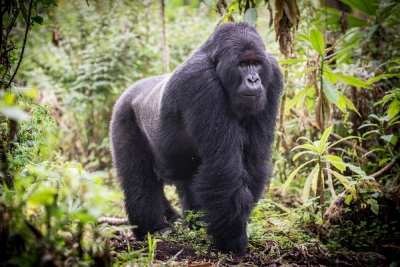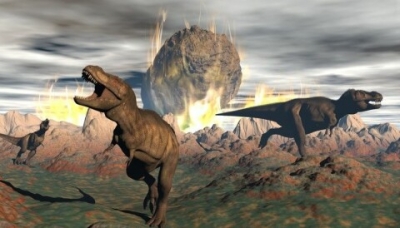Why is the eastern gorilla special?

The eastern gorilla is the largest living primate, with the average adult male weighing around 160 kg and standing at 1.7 metres. This gorilla has a large head broad chest and long arms. Its fur is black and adult males have a silvery streak down the back. As the gorilla gets older, the silvery streak turns white; much like a human being turns grey. Older males are called ‘silver backs’ because of this.
The eastern gorilla has two subspecies - the mountain gorilla and the eastern lowland gorilla. Both species are found in the Democratic Republic of Congo in Africa but the mountain gorilla is found in Rwanda and Uganda as well. These gorillas eat a lot of foliage in the form of leaves and plants since fruits are not abundantly found in their habitat.
They do most of their foraging in the mornings and late afternoons and prepare nests to sleep in the night. These nests are usually made of leaves laid in a hollow space on the ground. These gorillas live in stable family groups which are led by a dominant male silverback.
Females give birth to young only once in three or four years, as they have to care for the infants for around 3 to 4 years after they are born.
The eastern gorilla is listed as ‘Critically Endangered’ due to large-scale habitat destruction and the introduction of diseases from contact with humans. According to the IUCN, its numbers have reduced by about 70 per cent due to the ongoing political instability in areas that the eastern gorilla lives in and it is difficult for their numbers to pick up once again.
Picture Credit : Google
